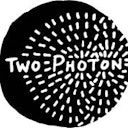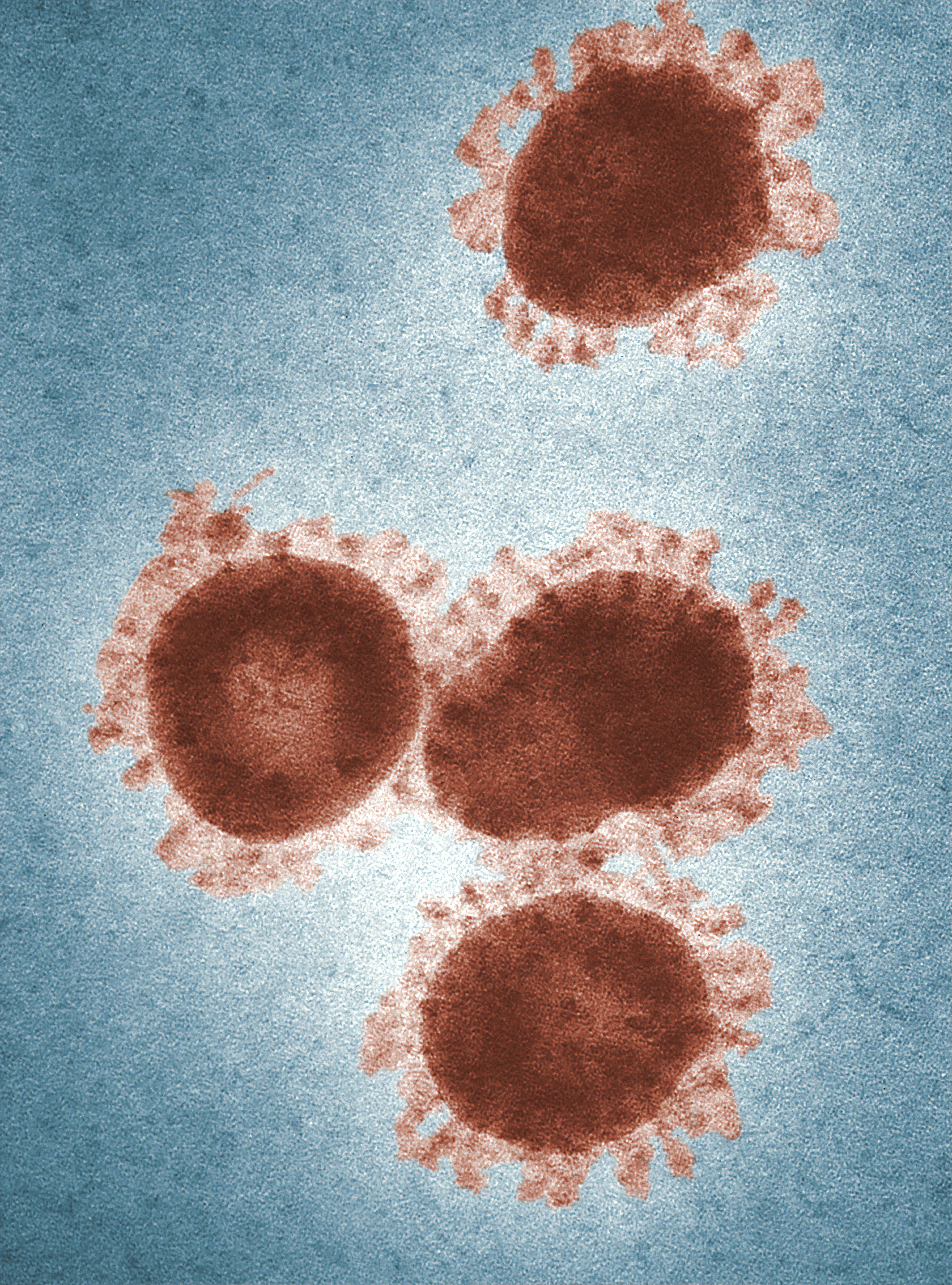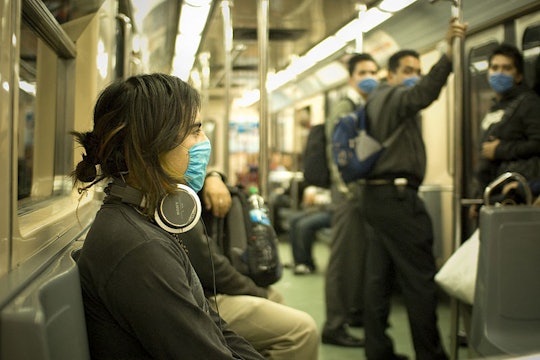
Produced in partnership with Two Photon
The 2019-nCoV coronavirus outbreak is serious, but we are getting the response to it right
In 2002, the SARS outbreak surprised the world. The global response to 2019-nCoV has taken that lesson to heart
Almost 20 years ago, a never-before-seen virus hit the Guangdong province of China. This severe acute respiratory syndrome (SARS) was caused by a virus of the same name: SARS-Coronavirus. By the end of the 2002-2003 outbreak, over 8,000 people were infected and 774 people died. Two decades later, we seem to be looking at the start of a very similar situation: a new virus has been discovered in Wuhan, China, and it is spreading throughout Asia and the world, with the USA confirming their first case on January 21st, 2020. While it is too early to determine the global outcome of this virus, there are many ways we have learned from the SARS outbreak to prepare us for novel coronavirus (currently named 2019-nCoV).

Avian infectious bronchitis virus (IBV), a poultry pathogen. Here you see the 'crown' that gives coronavirus its name.
In late December 2019, people in Wuhan began coming down with a pneumonia not associated with common causes like influenza. More severe causes, like SARS and Middle Eastern Respiratory Syndrome (MERS), were also ruled out. These new cases were all associated with the Hunan seafood market in Wuhan. On December 30th 2019, 27 cases of this "Wuhan Pneumonia" were announced, of which seven patients were in severe condition. On December 31st, the World Health Organization China Country Office was alerted to this atypical pneumonia and one day later, on January 1st 2020, the seafood market was shut down due to a concern around transmission from animals to humans.
This quick reaction is a stark contrast to the SARS epidemic. The first case of SARS occurred in November 2002, yet the WHO didn’t release an alert until March 2003. China was scrutinized heavily for not releasing more information about the growing outbreak in 2002 and early 2003. This time is different. The ability to link 27 cases of pneumonia to one market reflects great planning and surveillance within Chinese hospitals and healthcare networks. The Shanghai Public Health Clinical Center and School of Public Health and collaborators even released the sequenced genome of this virus on January 10th 2020, which led to the identification of nCOV as a betacoronavirus, placing it in the same genus as SARS and MERS.
The sharing of the sequence within two weeks of the WHO announcing an outbreak on unknown origin speaks to global cooperation, but also technological advances. The cost of gene sequencing has plummeted in the past 20 years, while the speed of sequencing has increased. Having the sequencing information helps clinicians develop lab tests against the virus' genome, and use that to be able detect the virus in patient samples. In the initial outbreak of SARS, healthcare professionals had no ability to confirm cases this way, and in the early days of the outbreak, patients were diagnosed through clinical symptoms only. The swift production of laboratory tests for 2019-nCoV will help public health agencies keep an eye on the spread of the disease as well as catch cases early. This has already been seen in the USA where they are screening individuals who are returning from Wuhan at three main airports to control the spread of the virus.
In order to help reduce the virus' spread, we also need to know where it comes from. Coronaviruses are a large group of viruses that get their name from their "crown"-like appearance under an electron microscope. There are four coronaviruses that commonly circulate in humans. They cause one kind of the common cold. In very rare cases, these viruses are zoonotic, meaning they're transferred to humans from animals. This was seen in the SARS outbreak where humans were getting the virus directly from civet cats, an animal often sold in markets in Guangdong. During the 2002-2003 epidemic, the Chinese government called for a massive culling of civet cats to control the spread of SARS.
This occurred again in 2012, with the first outbreak of MERS, where a coronavirus which was eventually identified as being passed to humans by dromedary camels. Both MERS and SARS infect the respiratory tract, making them dangerous and very infectious. They spread from respiratory droplets generated during coughing or sneezing and close human contact. Because of this, many of the transmission events occurred at hospitals between patients and healthcare providers that were caring for them.
Early on in the current outbreak of 2019-CoV, the initial infection was thought to be zoonotic due to the involvement of Hunan Seafood Market and the limited spread between humans. Many different types of animals were sold at that market, and one group of researchers proposed that the virus it may have come from snakes. However, re-analysis of the data from other biologists contradicts the snake hypothesis and pins 2019-CoV as originating in bats, like SARS and MERS. That early report that the virus arose in snakes came from analysis of the 2019-CoV's genome that suggested the virus adapted genetically to living in snakes, but as David Robertson, bioinformatician at the University of Glasgow reported, that "it’s clear from phylogenetic analysis, the new human virus is most closely related to bat coronaviruses in the Betacoronaviruses genera."
But, the "middleman" species – the role played by the civet in the SARS outbreak and camels for MERS – is still unknown. It is also currently unclear how the virus is spreading between humans, and the CDC recommends taking the precautions you normally would with the flu: washing your hands, avoid touching your face, cover coughs and sneezes, and don't share drinks. More time and research is needed to fully understand 2019-nCoV.

The first cases of 2019-nCoV were identified in patrons of a live animal market in China, which has since been shut down.
The SARS epidemic has left the world better prepared for a viral outbreak the likes of 2019-nCoV. Health authorities were notified and acted quickly, shutting down the possible source of the virus at the seafood market in Wuhan, China. Wuhan has further tried to contain the virus by ensuring everyone wears masks when in public places, and they recently announced that public transit would be shut down beginning January 23rd 2020. As of the 23rd, the city of Wuhan, and the neighboring cities of Ezho and Huanggang, are locked down, with no one allowed in or out.
While this is a serious issue, it is important to not panic. And, though the World Health Organization decided not to declare a global public health emergency in response to the 2019-CoV outbreak, they have stressed that this does not diminish the seriousness of the disease. To stay updated on the virus, I suggest keeping up with the WHO and CDC updates, or even following some experts in the field on Twitter for immediate updates and nuanced takes: @hayesluk and @MackayIM are two of my favorites.






I read this article with interest and it was great to see the connection with previous viral infections and how scientists learned from that experience on how to react timely to isolate the infection and prevent it from spreading in such a densely populated country like China. You also did a great effort to explain how data analysis was used to track the problem. I did come across those data, such as the Eco Health Alliance diagramme, in the last few days but never really understood the importance of it. It seems like the scientific community is moving very quickly to mitigate the spread of the virus and find a prompt vaccine for the new virus.